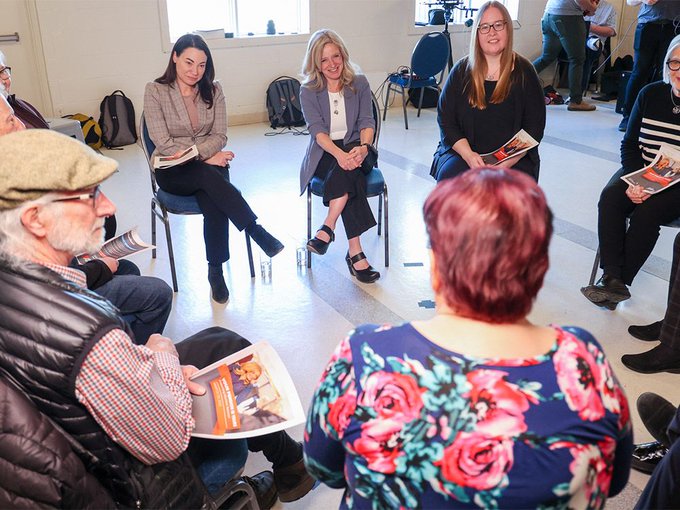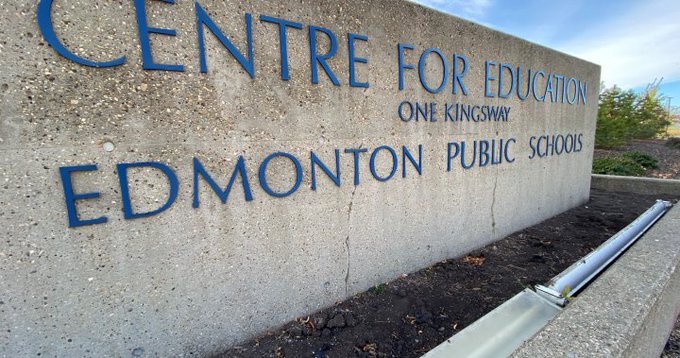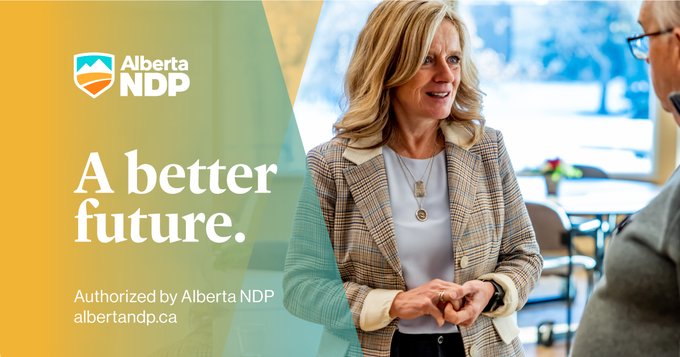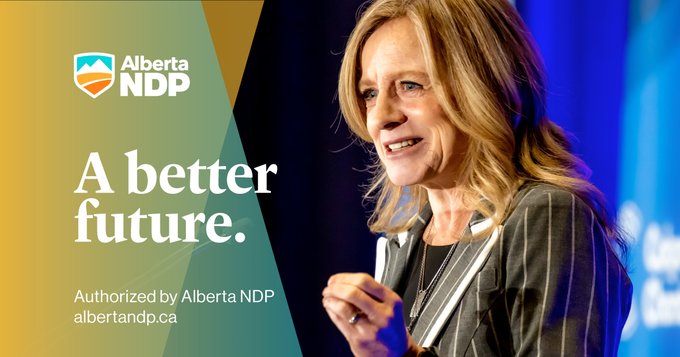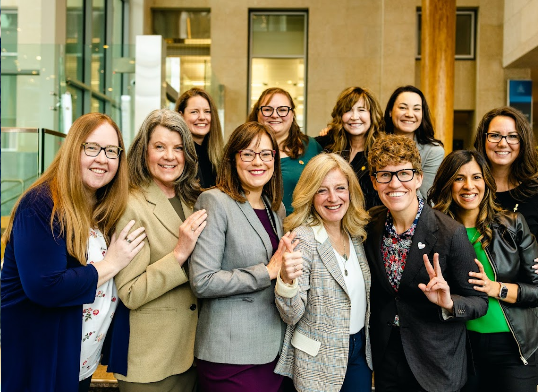There’s a lot of talk these days about an increased role for private health-care clinics in Canada, sparked in part by Premier Doug Ford’s plans to significantly increase the number of Ontario surgeries done in for-profit clinics.
Despite promises from Ford and others that it will streamline services and solve the issue of long wait times, health-care professionals that CBC News interviewed say there are nuances and that such happy outcomes are not borne out by the data.
In fact, data from B.C. and from other countries suggests private, for-profit surgery clinics will likely increase the true cost to taxpayers and could worsen wait times in Ontario hospitals.
What does a ‘private system’ even mean?
To start, it’s important to understand that every doctor is a private contractor. They bill for their services. And that figure — along with nursing staff, overhead and other costs — factors into the final bill.
“Privatization is such a broad term that it’s basically useless,” according to Dr. Melanie Bechard, a pediatrician at CHEO in Ottawa and president of Canadian Doctors for Medicare.
“I honestly wouldn’t know how to address questions about privatization without first asking if you mean financing or delivery.”
The distinction here is private, for-profit care, which means clinics that are often owned by companies who focus on bottom line earnings.
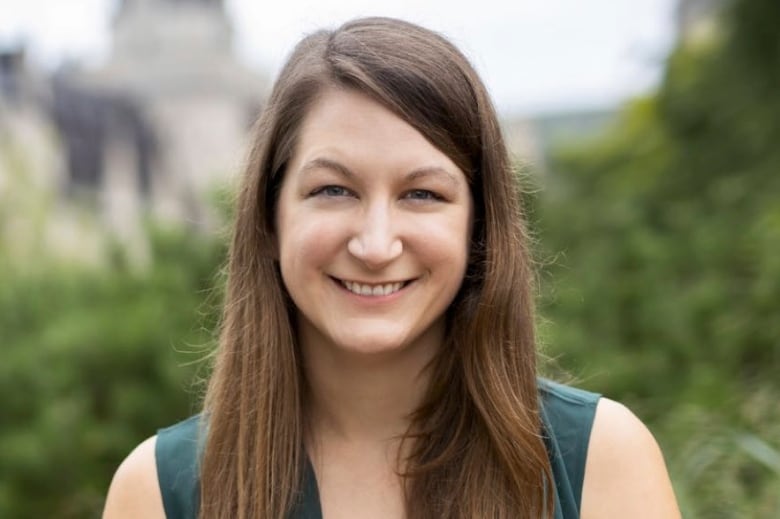
Do private procedures cost less?
For example, data obtained from the Canadian Institute for Health Information (CIHI) shows that knee replacement surgery in a public hospital, paid by the province, costs about $10,000. The same surgery in a private clinic can reportedly cost patients up to $28,000.
When the province pays for the knee replacement surgery in a for-profit clinic, the amount is kept secret, due to confidentiality agreements.
Andrew Longhust, a health policy researcher at Simon Fraser University in B.C., says the lack of transparency makes it challenging to understand the real costs.
“Governments are often reluctant or will actively fight the disclosure of that information and so will the clinics themselves,” he said. Clinics, Longhurst added, often provide contracts with unspecific additional costs that are not easily visible or broken down, so the profit margin remains a mystery to patients and taxpayers.
“I think what’s important for people to understand is that the government is very fond of saying, ‘Well, it’s cheaper in for-profit facilities.’ But a lot of it has not undergone any independent scrutiny.”
That lack of transparency, Longhurst said, has led some health authorities to reverse course when the costs of doing some procedures in private clinics proved to be too high.
In 2011, the Vancouver Island Health Authority dropped plans to outsource MRI scans because they were more expensive in the private, for-profit sector. More recently, Fraser Health, one of B.C.’s health authorities, purchased two private MRI outpatient clinics, bringing them back into the public system as part of the strategy to cut health-care wait times.
In 2014, Quebec ended contracts with two private surgical centres for cataract and other surgeries because the costs per case were lower in the public system.
Does privatization reduce wait times?
Proponents of a for-profit system argue it lowers wait times for procedures. When the Ontario government announced on Feb. 21 that it was moving some surgeries to private, for-profit centres, Health Minister Sylvia Jones said she hoped it would help ease high wait times for some procedures. However, the latest data from the CIHI paints a more nuanced picture of those delays.
It showed that Ontario, which wants to follow the lead of other provinces, actually had the shortest waiting times in Canada for hip and knee replacement surgeries in 2021/2022 — 73 per cent of Ontario patients received knee replacement surgery within six months.
By comparison, patients in provinces outsourcing surgeries to for-profit clinics waited longer. In British Columbia, only 70 per cent of patients received knee replacements within six months, while in Alberta, it was 53 per cent and in Quebec, 48 per cent.
Only in cataract surgery did Ontario lag behind, with 60 per cent of surgeries being done within the 16-week benchmark.
Do we need more clinics?
On Jan. 13, Ontario Premier Doug Ford held up the privately funded Shouldice Clinic for hernia procedures north of Toronto — which performs thousands of OHIP-funded operations — as a model to emulate and expanded.
“We need to have facilities like that to take the burden off the hospitals,” he said.
However, sitting recently in a closed operating theatre – the result of budget cuts — Dr. David Urbach, surgical chief at Women’s College Hospital in Toronto, says Ontario doesn’t need more clinics.
“You can do operations in this operating room. You don’t need to open those new facilities.”
Public hospitals, according to Urbach, are funded to do a specific number of surgeries per year, and provincial governments could pay to schedule more surgeries at night or on the weekends. But when there are two parallel and competing systems, a bigger problem emerges: staffing.
“We need people,” said Urbach. “The bottleneck right now is particularly nursing care.”
Both for-profit centres and hospitals recruit from the same limited pool of health-care professionals, but three years of pandemic fatigue and limited salary increases has led to an exodus from the public system.
A doctor or nurse that leaves a hospital to work at a for-profit facility for more money, can, in fact, worsen the broader problems plaguing our health-care system, says Urbach.
Fewer health professionals in public hospitals means longer wait times for surgeries, diagnostics and other procedures.
“We can use all of these hospitals if we had the people,” said Urbach.
Are patient outcomes better in private clinics?
Ultimately, it’s about best outcomes. And studies of the U.K. and U.S, have shown that for-profit care is linked to slightly higher death rates.
In one study, which tracked seven years of outsourcing between 2013 and 2020 from Britain’s National Health Service (NHS) to the private sector, researchers found that every one per cent increase in private for-profit services corresponded to deaths going up by 0.38 per cent per 100,000 people. Based on that data, the researchers believe for-profit care could have been responsible for 557 additional deaths from 2014 to 2019.
All of these issues, according to Bechard, lead to the most important basic question.
“When we’re looking at private financing in our system, in multiple examples, it tends to have worse patient outcomes and tends to have more financial inefficiencies. So why would we be looking to expand that in our existing health-care system?”

